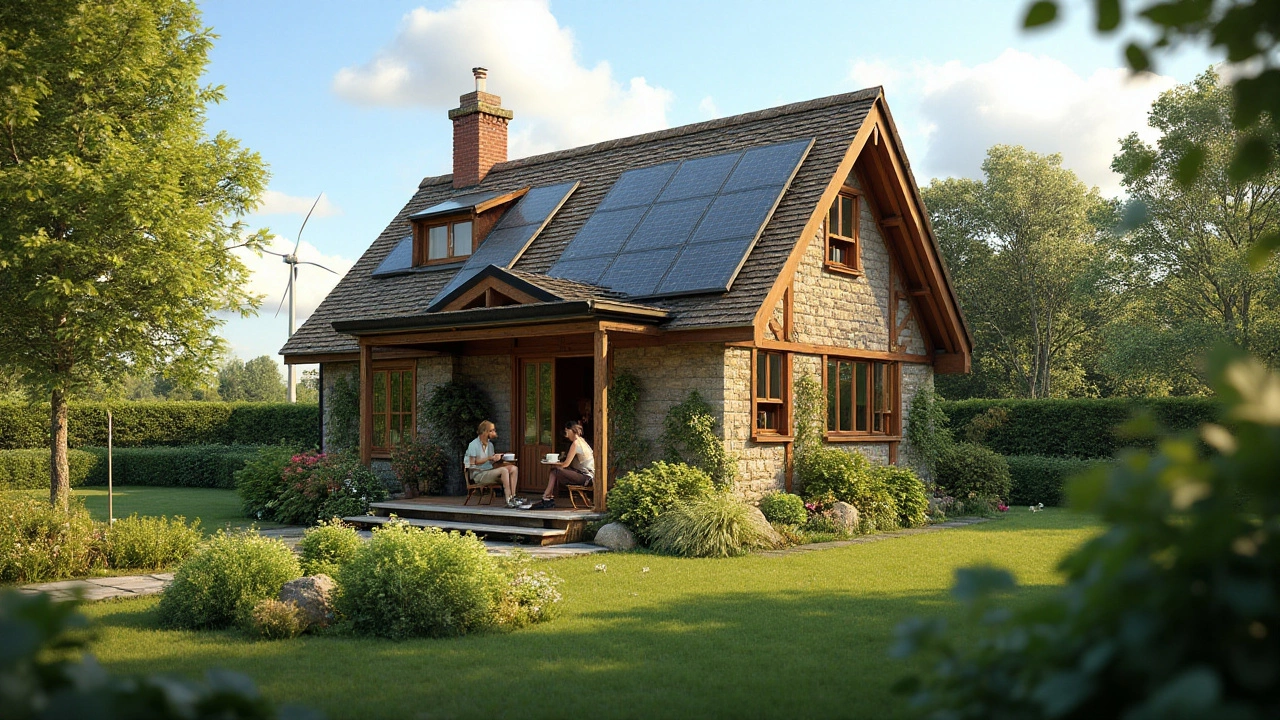Green Housing Made Simple: Practical Tips for Eco‑Friendly Living
Thinking about greener walls, lower bills, and a smaller carbon footprint? You don’t need a degree in architecture to make a home more sustainable. Start with the things you can change right now—insulation, lighting, and everyday habits. Small upgrades add up, and they keep more money in your pocket.
Choose Smart Materials
When you build or remodel, look for materials that don’t harm the planet. Avoid products that release toxins or require massive energy to produce. Instead, pick reclaimed timber, natural stone, or recycled metal. These options use less raw material and often last longer, meaning you replace them less often. For a cottage, cork flooring or hemp insulation can keep rooms warm without the heavy energy cost of synthetic foams.
Even a simple paint swap helps. Low‑VOC (volatile organic compounds) paints reduce indoor air pollution and are easier on the lungs. They’re widely available at DIY stores and perform just as well as standard paints. If you’re swapping windows, double‑glazed units trap heat inside during winter and keep heat out in summer, cutting heating bills dramatically.
Design for Energy Efficiency
Good design means you need less energy to stay comfortable. Position bedrooms on the cooler side of the house and living spaces where the sun shines most. Use shades, curtains, or external blinds to block summer heat without cranking the AC. Installing a programmable thermostat lets you set temperatures that match your schedule, avoiding wasteful heating when you’re out.
Renewable energy isn’t just for big projects. A modest solar panel kit can power lights, a water heater, or charge devices. Pair it with a battery storage system and you’ll have backup power on cloudy days. Even a small wind turbine can supplement electricity if you live in a breezy area.
Don’t forget water. Low‑flow faucets, dual‑flush toilets, and rain‑water collection barrels reduce the amount you pull from the mains. Collected rainwater can water garden beds, keeping your cottage lawn green without extra bills.
Finally, keep the building airtight but breathable. Proper sealing prevents drafts, while a heat‑recovery ventilator (HRV) brings fresh air in without losing heat. It sounds technical, but many pre‑built eco‑friendly homes come with HRVs already installed.
Green housing isn’t a one‑time project; it’s a mindset. Check your energy usage each month, replace old appliances with ENERGY STAR models, and stay curious about new sustainable products. Over time, you’ll see lower costs, healthier indoor air, and a home that feels right for both you and the planet.
